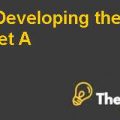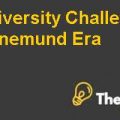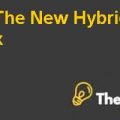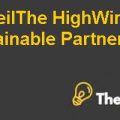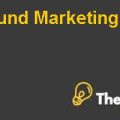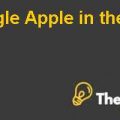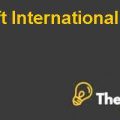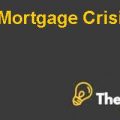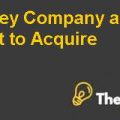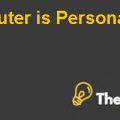Pepsico’s Cost Of Capital Case Solution
Lastly, Pepsi's product portfolio is perhaps its most important competitive advantage over its competitors. As one of the largest manufacturers of carbonated beverages; it has an expansive assortment of beverages to provide to its consumers. It is the only manufacturer of carbonated beverage beverages who has core brands in more than two dozen countries, including: Canada, Mexico, Germany, Italy, Australia, and Japan. Furthermore, Pepsi rebates and offers rebates to its customers in the United States, its European counterparts and throughout Asia and Australia. Its broad assortment of beverages gives it a distinct competitive advantage.
From the quantitative analysis, it has been observed that PepsiCohas performed very well over the period of ten years from 1982 – 1990, for few reasons. First of all, the company’s sales have shown an overall increasing trend with few fluctuations, as the sales in the fiscal year 1982 grew by 6.11%, while the growth rate in sales have reached 16.8% in the fiscal year 1990. Similarly, the operating margin has been calculated, which shows the percentage of operating income generated by the company from its total sales.The company’s operating margin has increased over the time with an operating margin of 8.79% in 1982 to an operating margin of 12.21% in 1990.
Additionally, the company’s net margin ratio is also calculated. The net margin shows the percentage of net income generated by the company in terms of its total sales. It is calculated by dividing the net income of the company with the revenues generated through sales. The net margin shows an increasing trend over the time as the net margin of the company was 3.6% in 1982, which had reached to 6.02% in the fiscal year 1990. Apart from this, the company’s leverage position is measured using the debt ratio, which is calculated by dividing the total debt of the company with its total assets. The debt ratio shows that the percentage of debt in PepsiCo has increased over the time as the debt ratio was 25.5% in 1982 and it reached to 45.9% in 1990. This can be signaled as a positive indicator, because a growing company has to collect funding in order to generate more sales in accordance with the risen growth and demand.
Moreover, the company’s EPS is calculated by dividing the net income of the company with the total shares outstanding each year. The EPS shows that how much earning is generated by the company for each of its share outstanding The EPS also shows an increasing trends with 0.26 in 1982 to 1.35 in the fiscal year 1990.Lastly, the company’s return on equity has been calculated. The ROE shows the net income generated by the company for each dollar of the invested equity. The ROE is calculated by dividing the net income of the company with its average shareholders’ equity. The ROE shows an increasing trend over the period of 10 years, with an ROE of 13.59% in 1982 and 21.96% in 1990. The spread between ROE and the cost of capital is about 9.47% in the fiscal year 1990 (as cost of equity = 12.49% and ROE = 21.96%). It means that the financial performance of the company has increased over the time and it has generated handsome wealth for its shareholders. The company’s financial performance is in align with the financial manager’s objectives of maximizing the shareholder’s wealth,as observed by the ROE and cost of capital spread.
Question 2
Question 3
The cost of capital is referred to as the required rate of return for putting up a new project such as a factory, building or any other capital budgeting project. The cost of capital is referred as the company’s weighted average cost of capital measured by blending the company’s debt and equity structure (Hayes, 2021).
The cost of capital is considered a financial metric, used by the companies to estimate the worth of the project, while comparing the costs with the returns provided. It is used to assess whether the project is worth taking risk or not. It depends upon the modes of financing used within the company. The cost of capital becomes the cost of equity, if the business is solely financed through shareholder’s equity or the cost of capital becomes the cost of debt, if the businesses are solely financed through debt. However, most of the businesses use the combination of debt and equity in order to finance their total assets and hence the cost of capital is determined by taking the weighted average of different capital sources used for the funding process. The WACC is calculated through the usage of the following formula.........................
This is just a sample partial case solution. Please place the order on the website to order your own originally done case solution.

